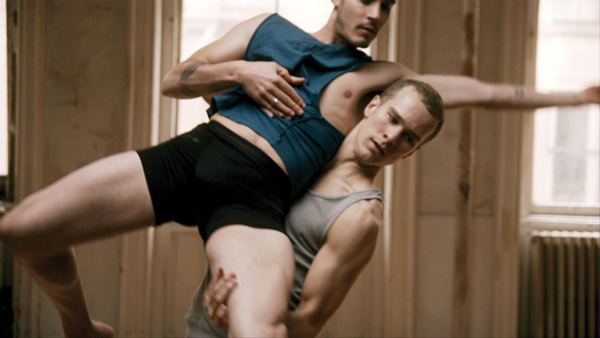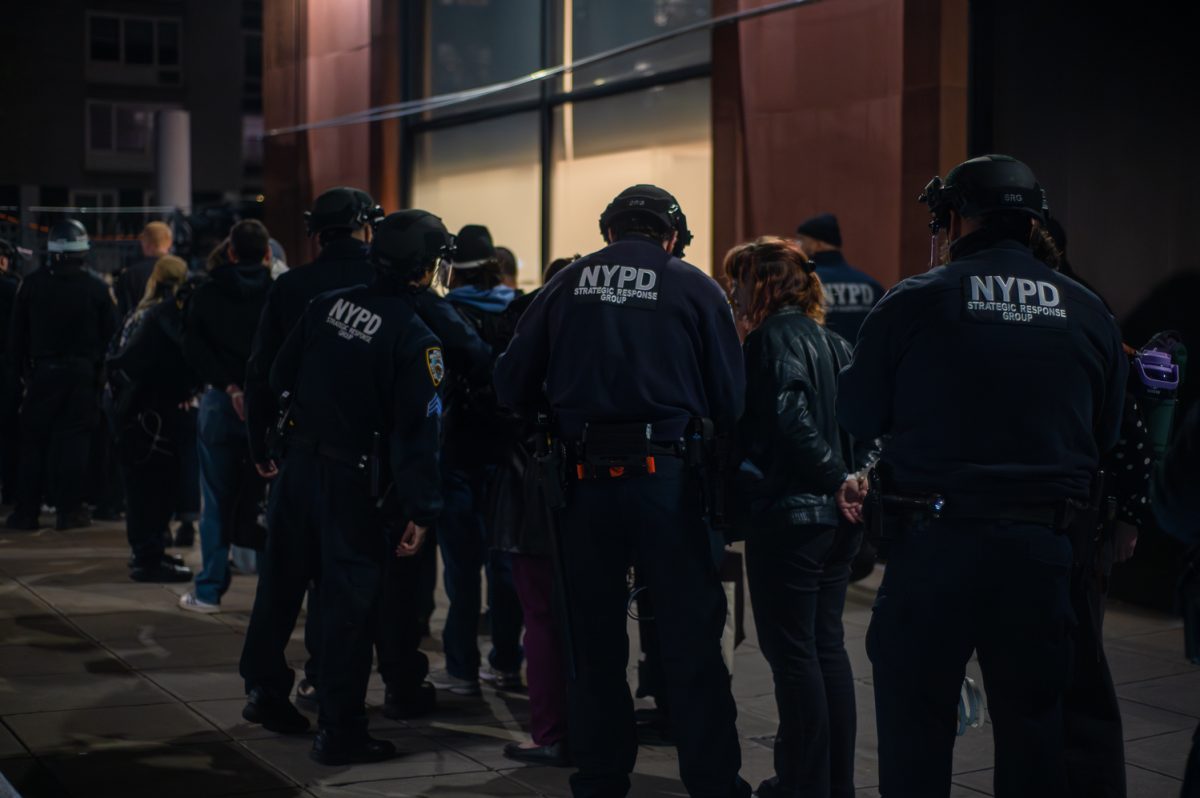
With the success of the “Step Up” series, one might question why more studios aren’t making movies about dance when the art form can be so varied.
Of course, Alan Brown’s “Five Dances” isn’t your average dance movie — it’s not a big-budget film created solely to make money off of talented artists. In that regard, it would seem like “Dances” is a fresh addition to the genre.
But unfortunately, that is not at all the case. The film wants show audiences the struggles of practicing for a show, but not without a heavy dose of melodrama. The film follows Chip (Ryan Steele), a talented young dancer trying to make sense of his place in the world. As he prepares for an upcoming show, his problems feel genuine, but what could have been an interesting character arc is sunk by a poor screenplay.
“Dances” would be more striking if it were made without dialogue. The dancers could certainly tell stories through their performances, and without dialogue, the film could stun audiences with its visuals.
But where the story suffers, the dancing shines through to make you remember the reason why dance is such a beautiful art.
The dynamic arrangements of the film’s five dances are meant to explore Chip’s emotions. Jonah Bokaer illustrates the progression of the story beautifully through his choreography, giving the audience the emotion the dialogue lacks. Because the film showcases contemporary dance, it appears aesthetically different from classical ballet or other styles of more recognizable dance. The rhythm and body placement of each of the dancers, especially Steele’s character, exudes the fluidity of the choreography, making each dance more striking than the last.
While the dancers fail to channel the heart of their characters due to the absence of any believable dialogue, their dance sequences make up for the disappointing narrative. All audiences need to know about the plot of “Dances” can be felt simply by observing the artists in movement.
Still, however, the mediocre screenplay lessens the impact of the film, and it makes a genuine case for why studios should start making better dance films where the dialogue and characters are not secondary to the performances. Dance is perfectly suited to film because of its emphasis on movement. But while “Five Dances” makes strides towards bettering the genre, its impact could have been all the more impressive had the film only focused on the art form itself.
Laura Wolford is a staff writer. Email her at [email protected].











































































































































